Home / Albums / Places / America / United States / Indigenous People 152

 Ahole
Ahole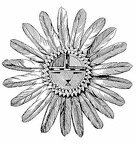 Common Hopi sun symbol
Common Hopi sun symbol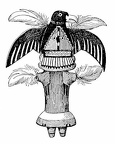 Kwátaka, bird with sun symbolism
Kwátaka, bird with sun symbolism “Big-head,” a solar god
“Big-head,” a solar god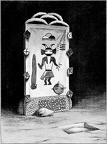 Screen of the Alósaka
Screen of the Alósaka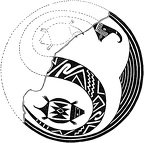 Serpent
Serpent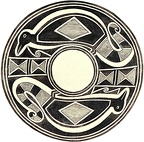 Problematical Animal
Problematical Animal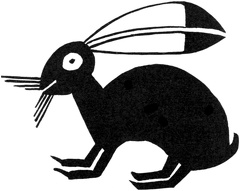 Rabbit
Rabbit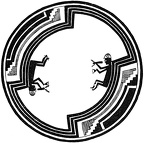 Priest smoking
Priest smoking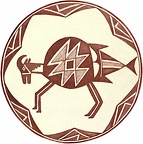 Problematic Animal
Problematic Animal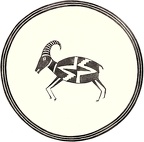 Mountain Sheep
Mountain Sheep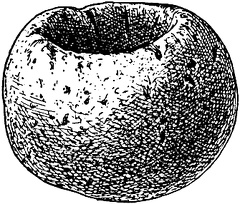 Paint mortar, Diam 2½″.
Paint mortar, Diam 2½″. Pictographs
Pictographs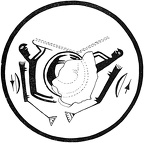 Man with curved stick
Man with curved stick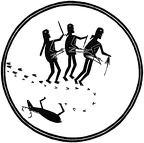 Hunters
Hunters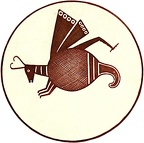 Grasshopper
Grasshopper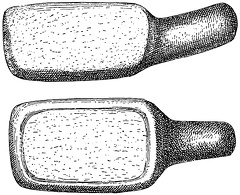 Handled mortar
Handled mortar Hopi curved stick
Hopi curved stick Frog fetish
Frog fetish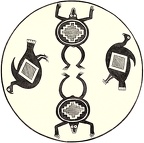 Frogs and Birds
Frogs and Birds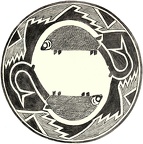 Fishes
Fishes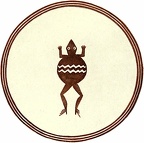 Frog
Frog Fetish
Fetish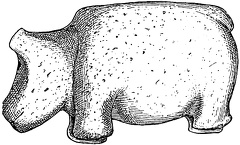 Fetish
Fetish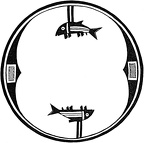 Fish
Fish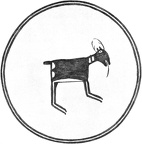 Fawn
Fawn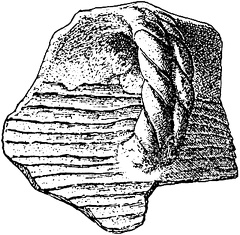 Braided handle
Braided handle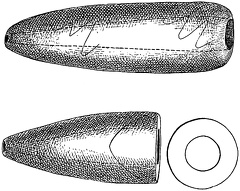 Cloud blowers
Cloud blowers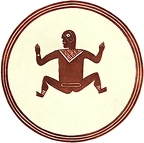 Dancing Figure
Dancing Figure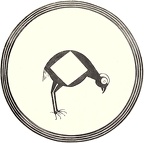 Bird C
Bird C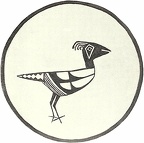 Bird F
Bird F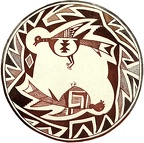 Bird A
Bird A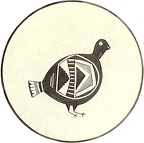 Bird B
Bird B Arrow polisher
Arrow polisher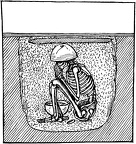 Urn burial
Urn burial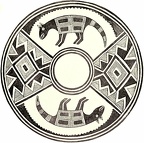 Two Wolves
Two Wolves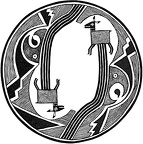 Unidentified animal
Unidentified animal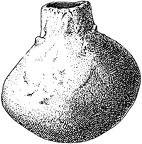 Small bowl
Small bowl Stone axe
Stone axe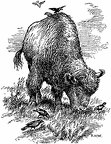 Buffalo grazing
Buffalo grazing Hidatsas burial scaffolds
Hidatsas burial scaffolds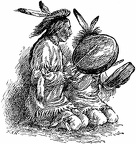 Drums on a summer's evening
Drums on a summer's evening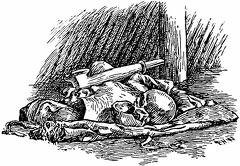 Grandfather sacred medicines
Grandfather sacred medicines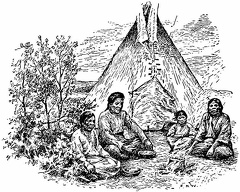 At this hour, fires burned before most of the tepees
At this hour, fires burned before most of the tepees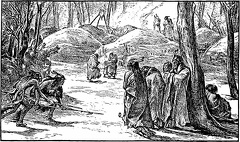 Winter Camp
Winter Camp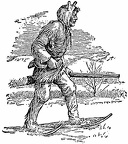 To eke out our store of corn and keep the pot boiling, my father hunted much of the time
To eke out our store of corn and keep the pot boiling, my father hunted much of the time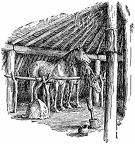 My father stabled his horses at night in our lodge, in a little corral fenced off against the wall
My father stabled his horses at night in our lodge, in a little corral fenced off against the wall Turtle, I think, was the last woman in the tribe to use an old-fashioned, bone-bladed hoe
Turtle, I think, was the last woman in the tribe to use an old-fashioned, bone-bladed hoe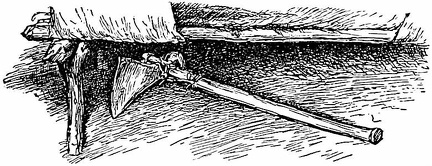 Turtle’s hoe was made of the shoulder bone of a buffalo set in a light-wood handle, the blade firmly bound in place with thong
Turtle’s hoe was made of the shoulder bone of a buffalo set in a light-wood handle, the blade firmly bound in place with thong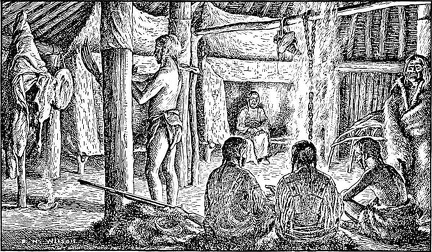 Inside the lodge
Inside the lodge Old Turtle made me a dolly of deer skin stuffed with antelope hair
Old Turtle made me a dolly of deer skin stuffed with antelope hair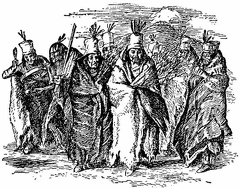 Winter clothing
Winter clothing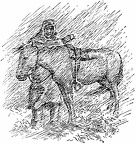 A heavy wind blew the snow in our faces, nearly blinding us
A heavy wind blew the snow in our faces, nearly blinding us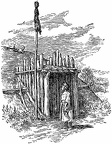 I saw that the black-bear skin was bound to one of the posts at the entrance
I saw that the black-bear skin was bound to one of the posts at the entrance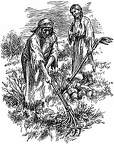 Gardening
Gardening The wild geese had come north, but this fact alone was not proof that winter had gone
The wild geese had come north, but this fact alone was not proof that winter had gone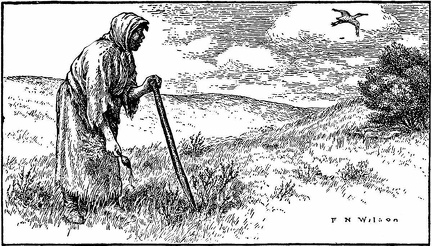 Harvesting
Harvesting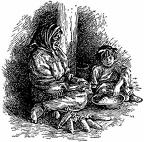 Baby-like, I ran my fingers through the shiny grain, spilling a few kernels on the floor
Baby-like, I ran my fingers through the shiny grain, spilling a few kernels on the floor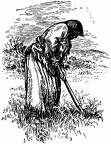 Turtle and her old-fashioned digging stick
Turtle and her old-fashioned digging stick Two braves
Two braves



